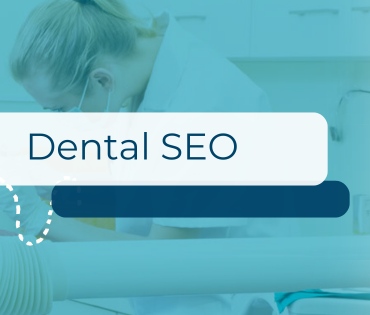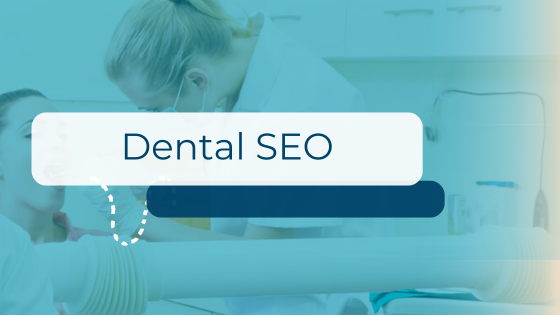Dental technology has advanced rapidly over the past two decades, reshaping how patients and professionals approach tooth replacement. Among the most significant innovations is the All-on-4 dental implant system, a treatment that has transformed smiles worldwide. This method, which uses four strategically placed implants to support a full arch of teeth, has gained traction across continents, becoming a preferred solution for patients seeking stability, aesthetics, and long-term oral health. In San Antonio, adoption of All-on-4 implants reflects both global trends and local demand, with practices such as Denture Implants San Antonio leading the way.
The Global Popularity of All-on-4 Implants
The All-on-4 concept originated in Europe and quickly spread to North America, Asia, and beyond. Its appeal lies in efficiency and accessibility. Traditional implants often require extensive bone grafting and multiple surgeries, but All-on-4 reduces complexity by using fewer implants and leveraging existing bone structure. This makes treatment faster, less invasive, and more affordable.

Globally, patients are drawn to the promise of “teeth in a day,” a procedure that allows them to walk out of the clinic with a functional smile almost immediately. Clinics in major cities from London to Sydney report rising demand, particularly among older adults who want a permanent alternative to dentures. The system’s ability to restore confidence and improve quality of life has made it a cornerstone of modern implant dentistry.
Why San Antonio Reflects the Global Trend
San Antonio is a city known for its diverse population and vibrant culture, and dental care here mirrors international developments. As awareness of All-on-4 implants grows, more patients are turning to local specialists for treatment. The city’s dental clinics have invested in advanced imaging technology, surgical expertise, and patient education to meet this demand.
San Antonio’s adoption of All-on-4 implants is also influenced by lifestyle factors. Residents enjoy a rich culinary scene, from Tex-Mex to barbecue, and traditional dentures often limit food choices. With All-on-4 implants in San Antonio, patients regain the ability to eat comfortably, which resonates strongly in a city where food and social gatherings are central to daily life. Clinics such as Denture Implants San Antonio have responded by offering advanced care tailored to these needs.
Comparing All-on-4 to Traditional Options
For decades, dentures were the standard solution for missing teeth. While they remain a viable option, many patients find them inconvenient. Dentures can slip, require adhesives, and often feel unnatural. In contrast, All-on-4 implants are fixed in place, offering stability and a natural appearance.
Patients exploring treatment at Denture Implants San Antonio often discover that All-on-4 provides a more advanced alternative. Instead of removable prosthetics, they receive a permanent solution that integrates with their jawbone, preventing bone loss and maintaining facial structure. This distinction has fueled the shift toward implants in both global and local contexts.
Accessibility and Financing
One of the challenges with dental implants has always been cost. Globally, clinics have responded by offering flexible financing plans, insurance partnerships, and phased treatment options. San Antonio practices have followed suit, making All-on-4 implants more accessible to a wider range of patients.
By aligning with international standards of affordability and transparency, local clinics ensure that patients can pursue treatment without financial strain. This approach has helped accelerate adoption, as more individuals recognize the long-term value of implants compared to ongoing denture maintenance.
Patient Outcomes and Satisfaction
Studies worldwide show high satisfaction rates among All-on-4 patients. Improved chewing ability, clearer speech, and enhanced confidence are consistent outcomes. In San Antonio, patients echo these sentiments, often highlighting the convenience of same-day procedures and the life-changing impact of permanent implants.
The psychological benefits are equally important. Globally, patients report feeling younger and more socially engaged after treatment. Locally, San Antonio residents share similar experiences, noting how implants allow them to participate fully in community events, family gatherings, and professional settings without worry.
Conclusion
The rise of All-on-4 dental implants is a global phenomenon, driven by efficiency, durability, and patient satisfaction. From Europe to Asia to North America, the system has redefined how missing teeth are treated. In San Antonio, adoption reflects this worldwide trend, with local clinics such as Denture Implants San Antonio offering advanced care tailored to the city’s diverse population.
For patients considering tooth replacement, All-on-4 represents a modern alternative that combines global innovation with local expertise. As more residents embrace this treatment, San Antonio continues to position itself as a hub for advanced dental solutions, ensuring that patients benefit from the best practices in implant dentistry.











